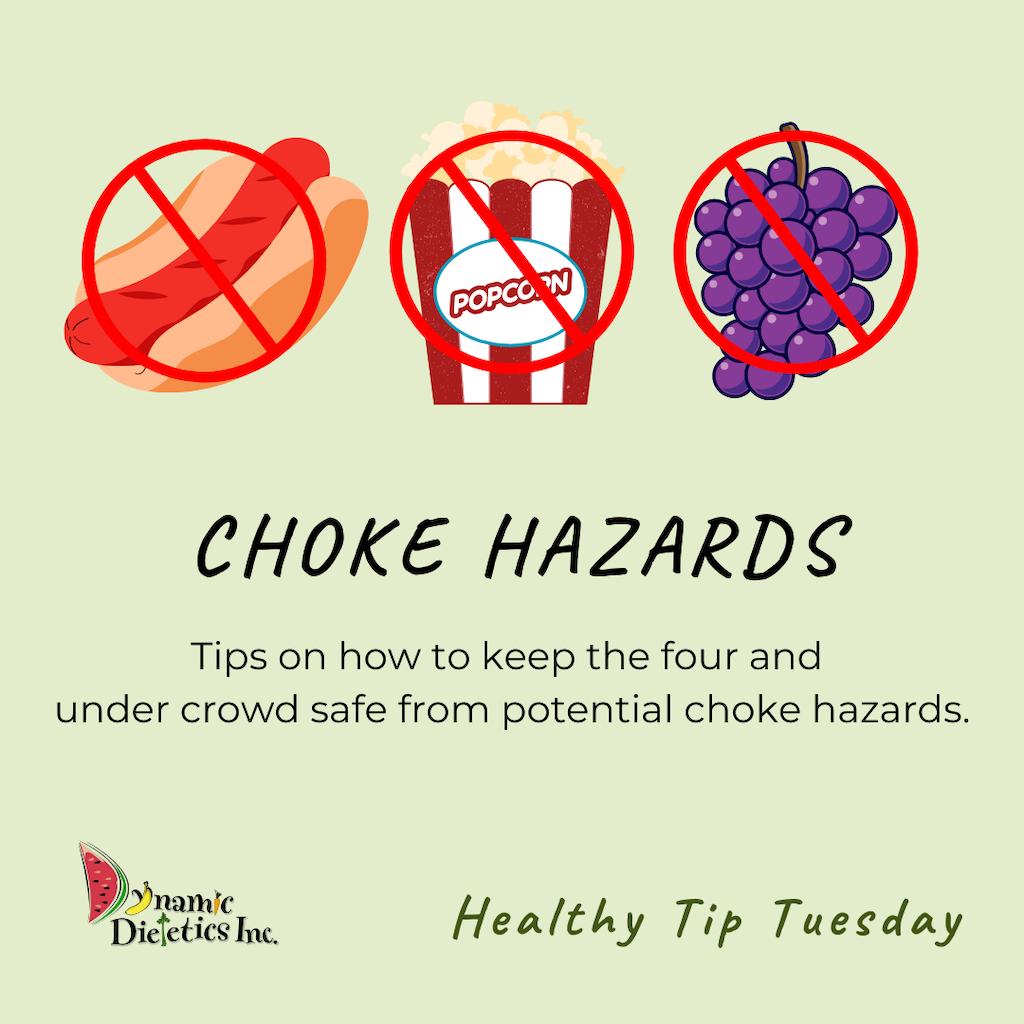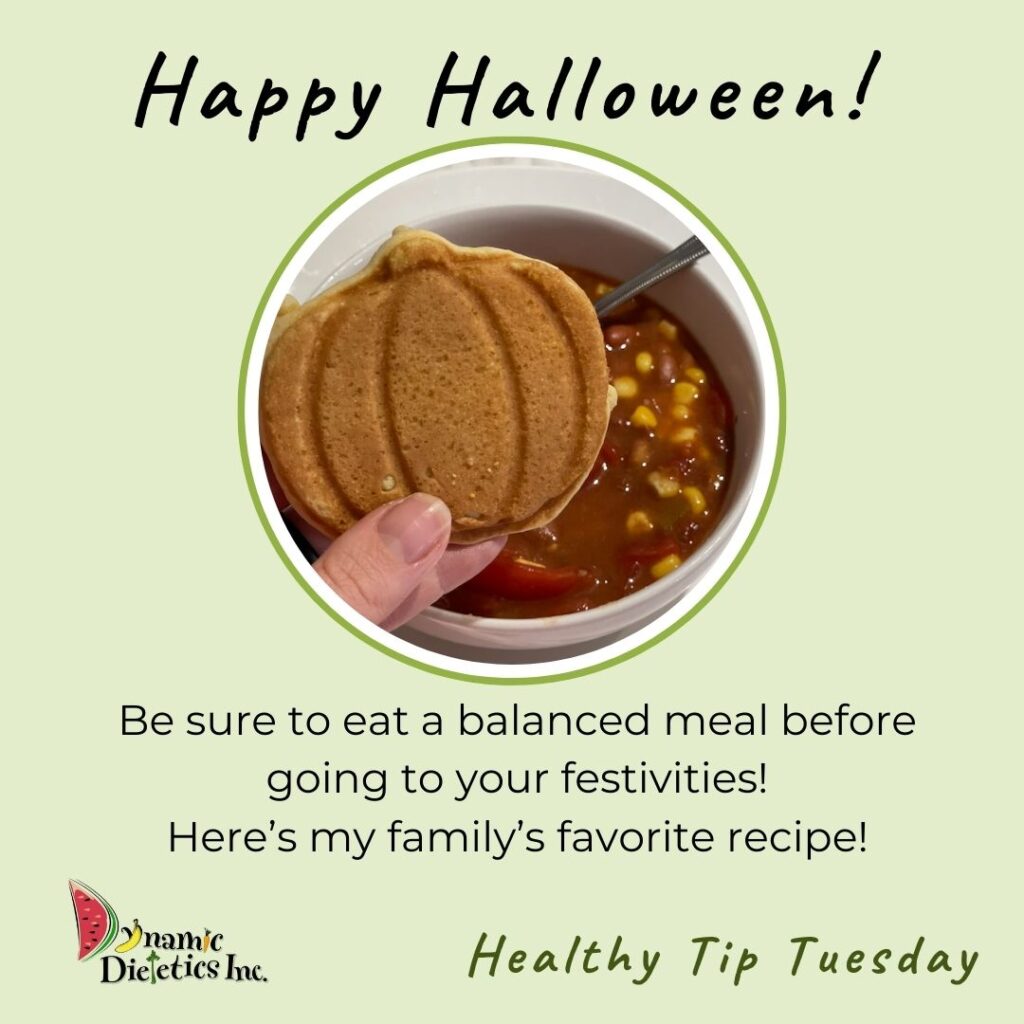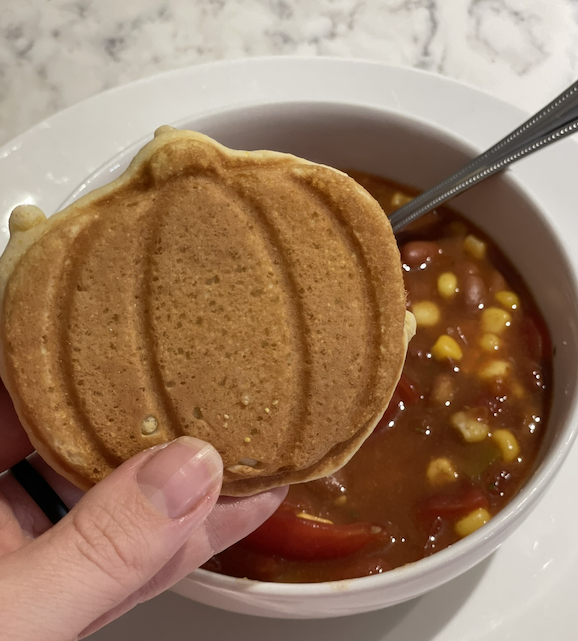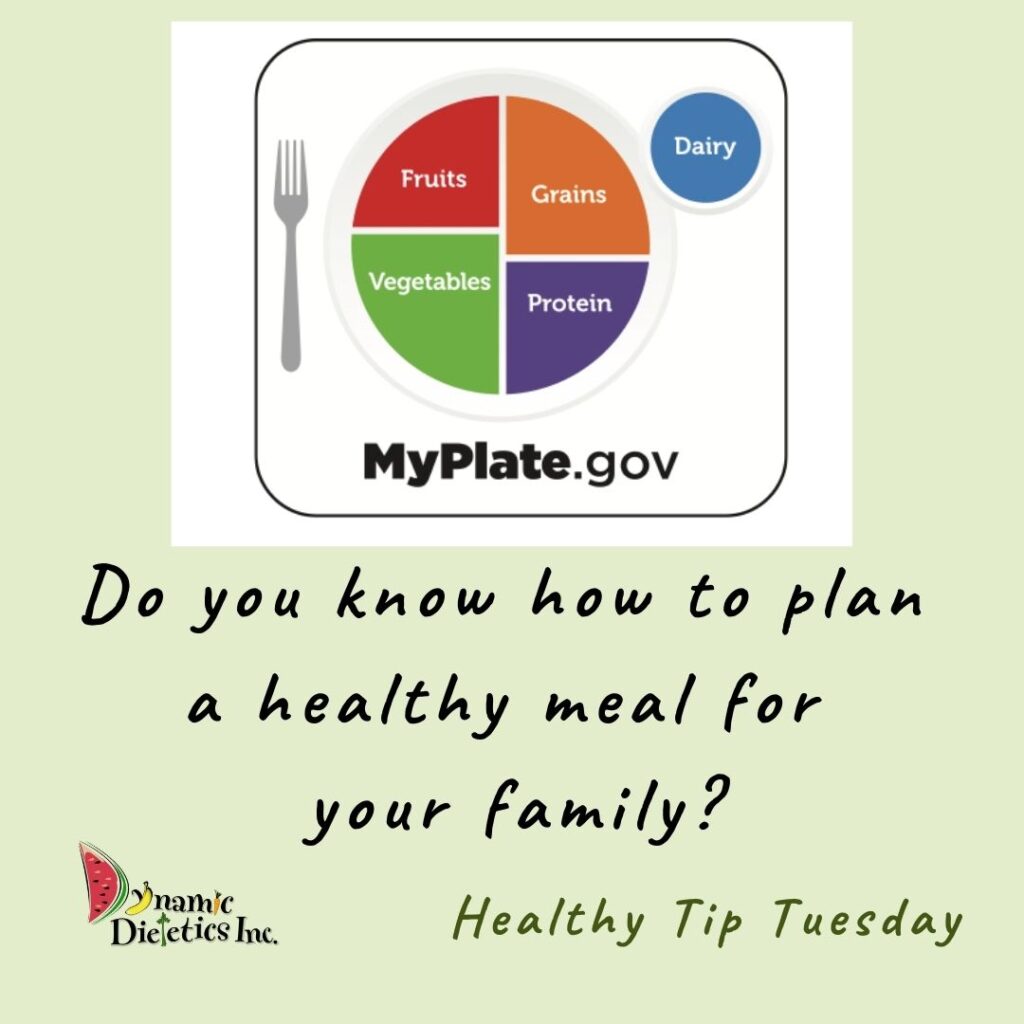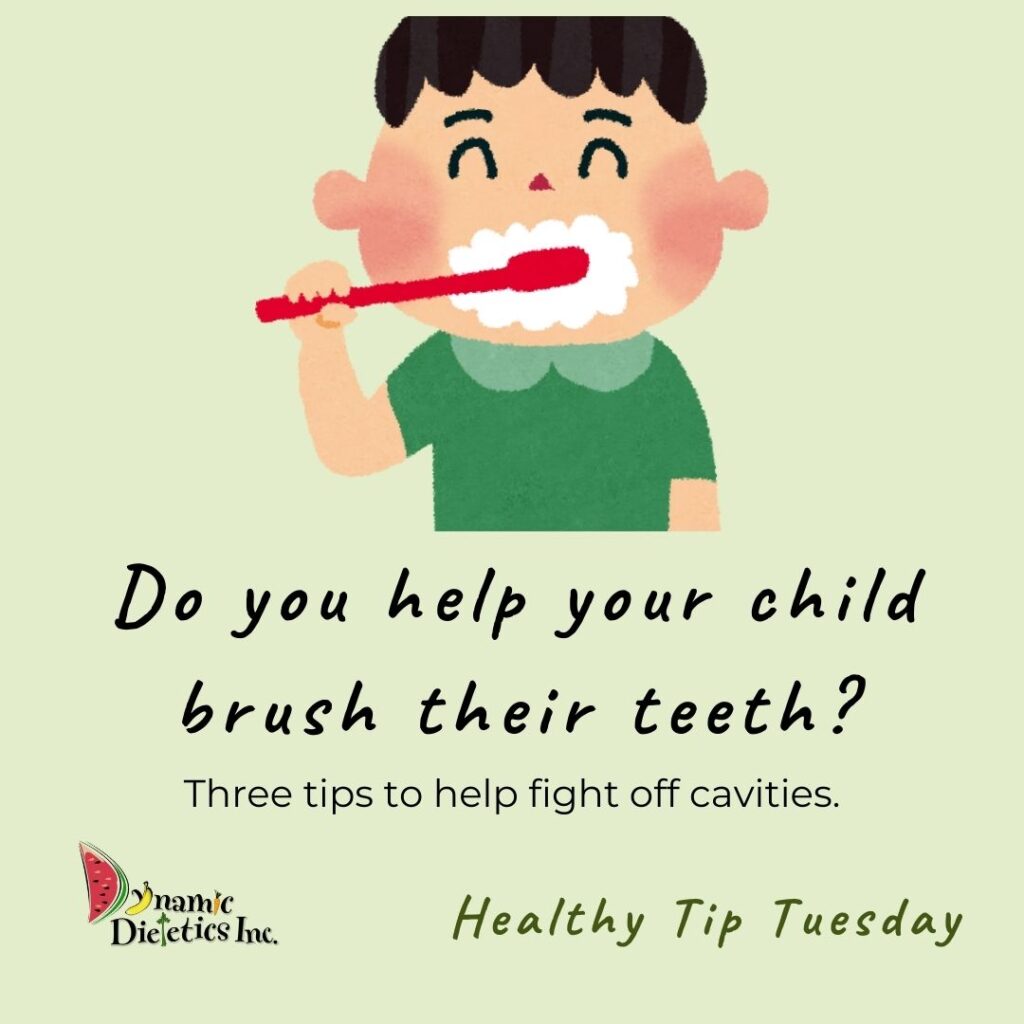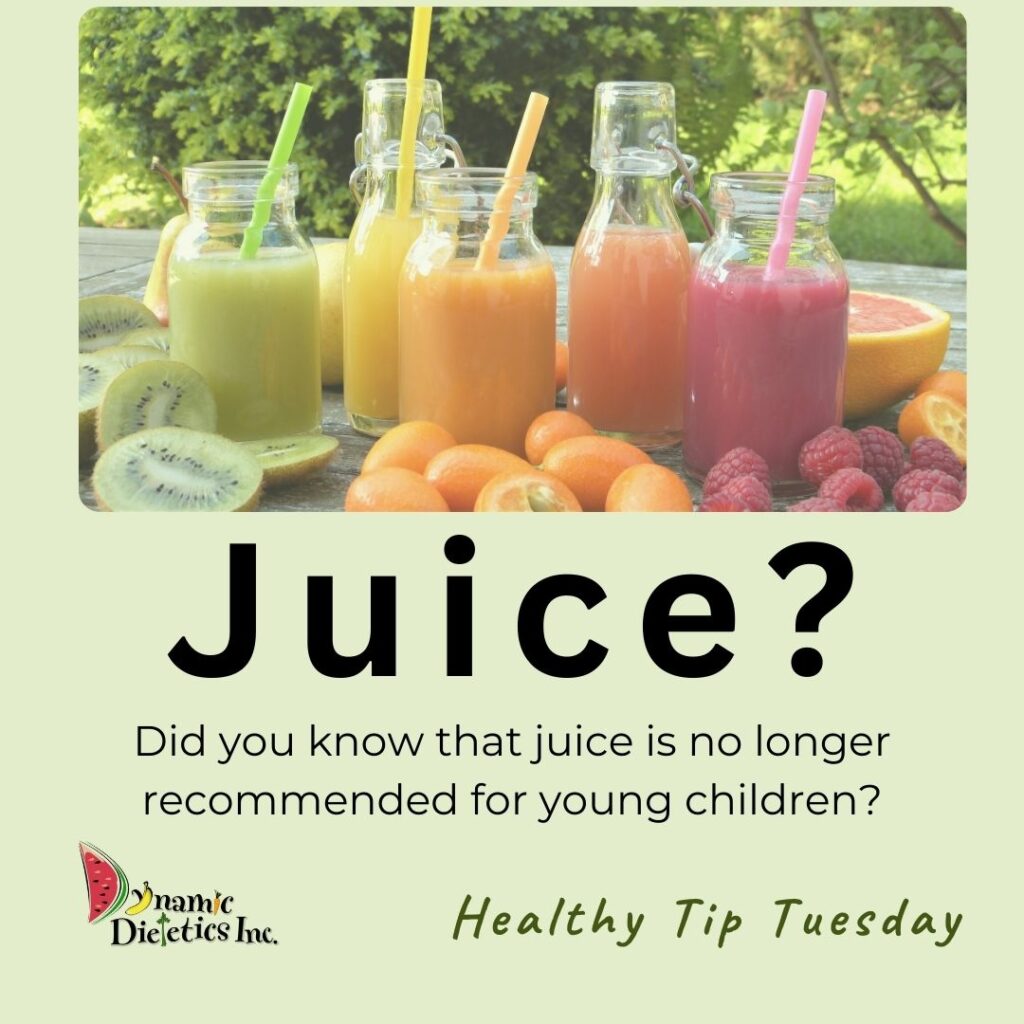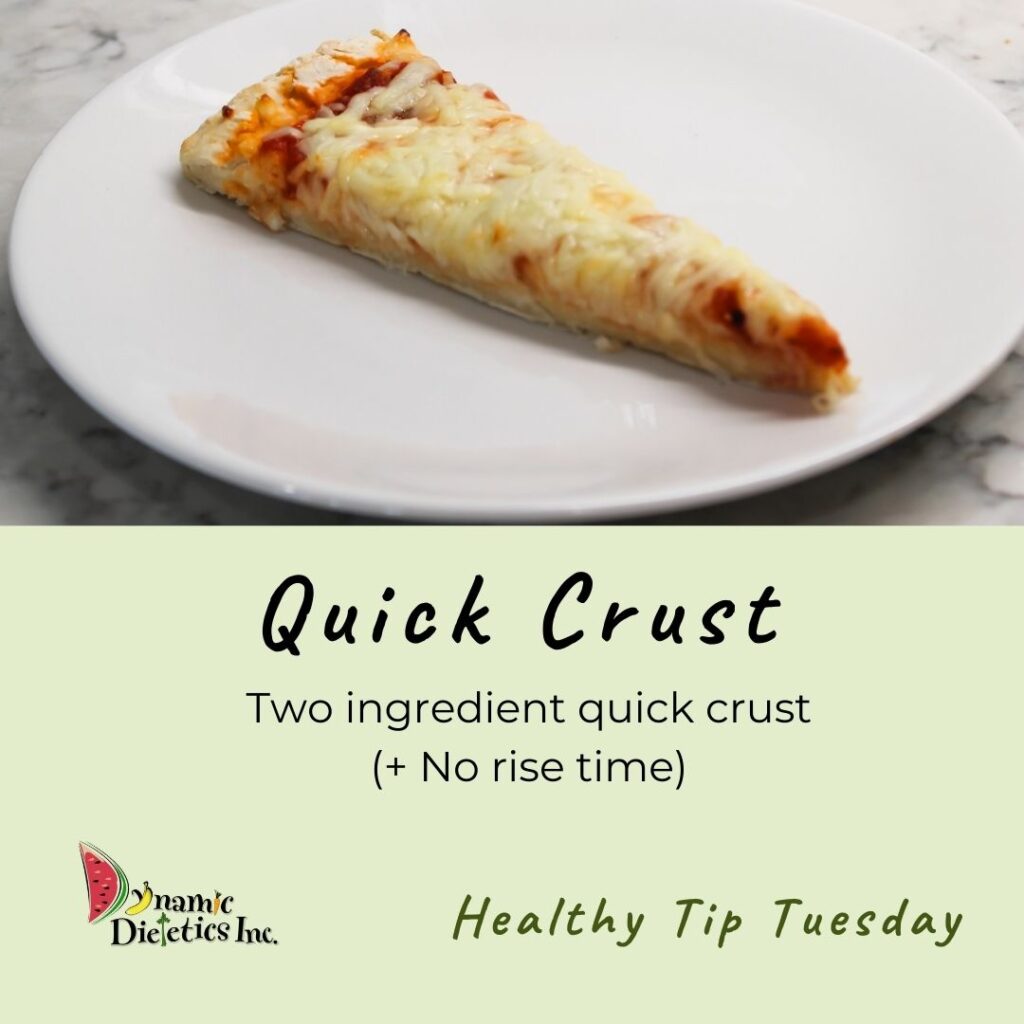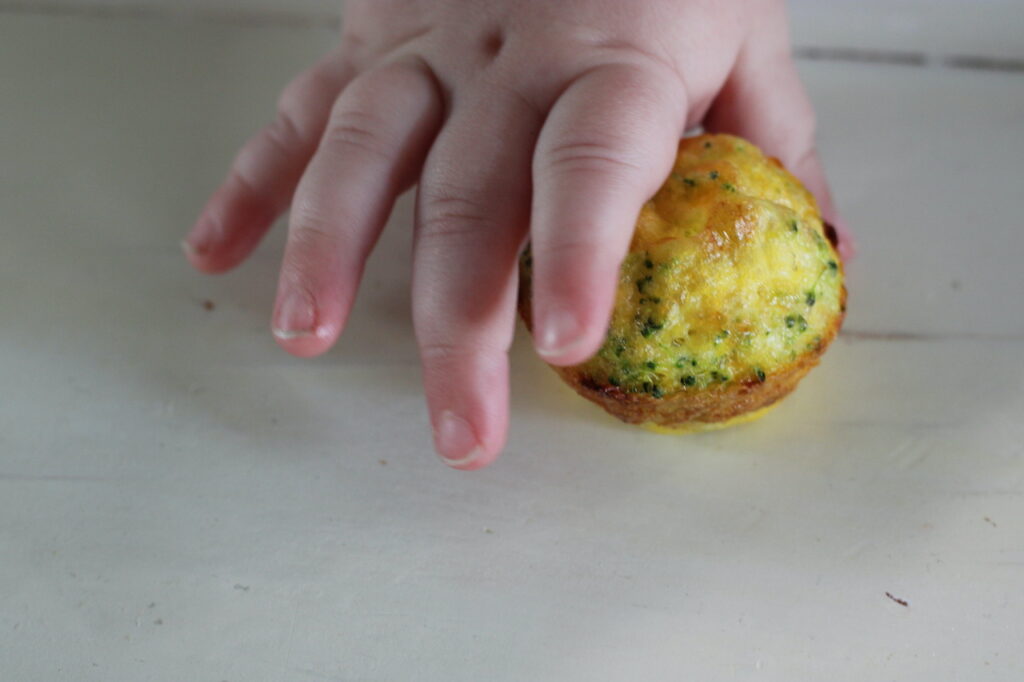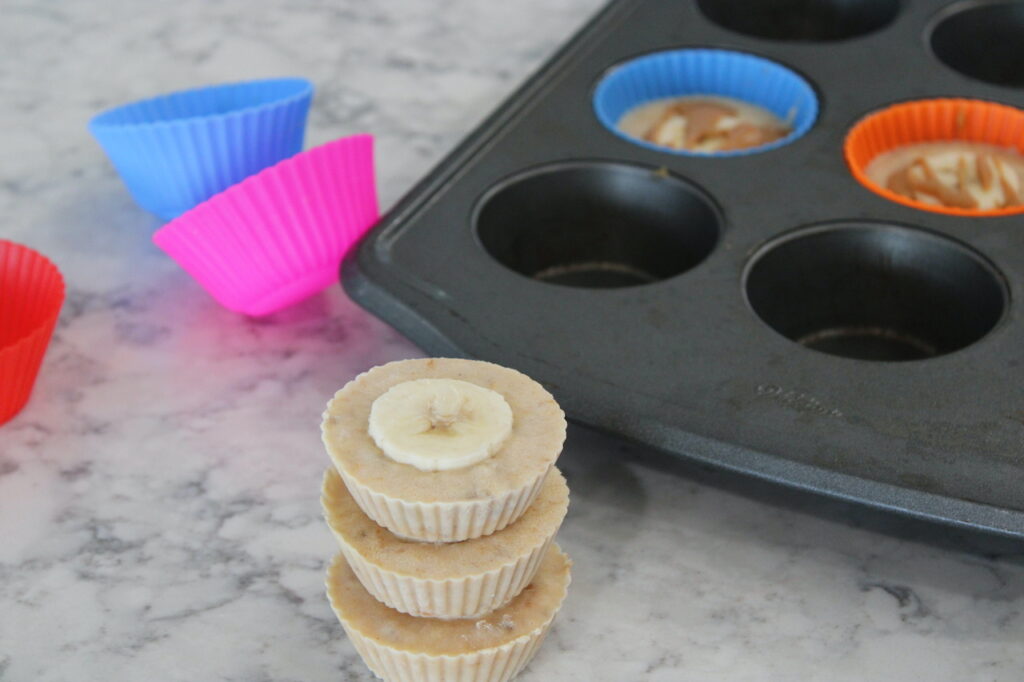Choke Prevention
Did you know that one of the leading cause of death in children under the age of 5 is choking?
Did you know that at least one child dies from choking on food every five days in the U.S., and more than 12,000 children are taken to a hospital emergency room each year for food-choking injuries?
It is of the utmost importance that parents keep a watchful eye on potential choking hazards.
The anatomy of a child requires food modification for safe swallowing. Simply modifying the shape and textures of foods allows them to be able to safely consume those foods. The size of a young child’s windpipe is about that of a drinking straw in diameter. Foods that could get stuck in a straw or form a sticky plug over it are choking risks.
Three strategies to help prevent choking risks are:
#1) Supervise the child when eating
#2) Require the child to sit when eating
#3) Consider the shape, size and consistency of foods provided
The primary way to reduce choking risk in infants, toddlers, and children is ensuring they are seated in a supported seat with full adult supervision while eating.
Choking Hazard Foods:
Foods that are sticky, slippery, dry, hard textured, or coin shaped are foods to be watchful of.
Some examples include:
- Hot dogs, sausages that are either whole or cut into a coin shape
- To safely modify, cut vertically
- Spoonfuls of peanut butter, or spreads of similar texture
- To safely modify, smear the spread thinly and avoid giving spoonfuls.
- Avoid soft white bread with thick spreads on top. Instead, consider toasting the bread.
- Whole grapes, whole cherries, raw hard vegetables (celery, carrots), fruits with skin
- To safely modify, slice cherries and grapes vertically.
- Steam or cook hard vegetables to soften and then cut up for the child as developmentally appropriate
- Peel skins
- Popcorn, chips, seeds, all nuts, dried fruits
- Hard or sticky candy, cough drops, gum, lollipops, marshmallows, caramels, and jelly beans, ice cubes
- These foods should be avoided during the little years due to high choking risks

